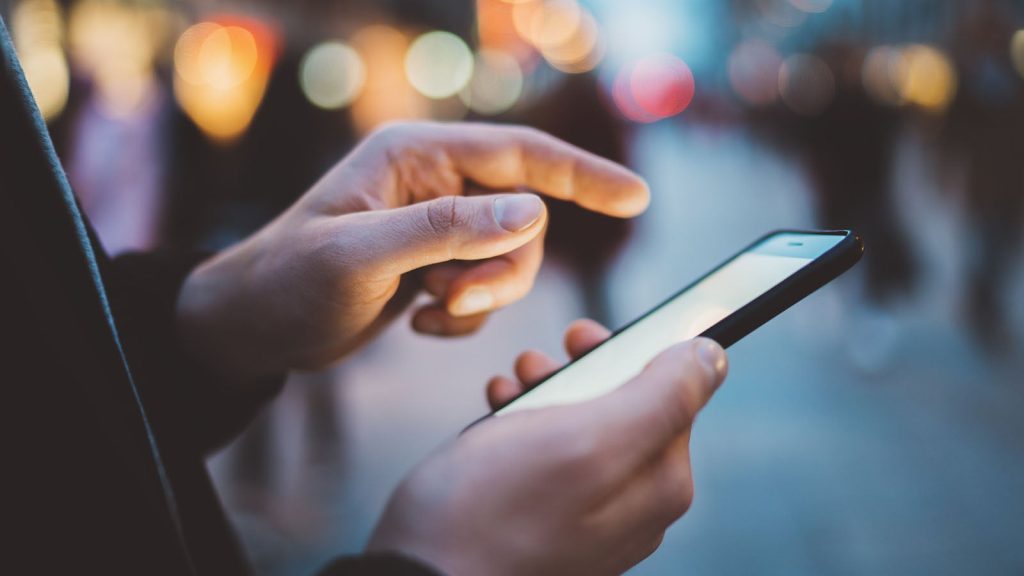How to Make Your Colerain Township Move Stress-Free and Simple
Moving can be a lot, right? Especially when you’re packing up your whole life and starting fresh in Colerain Township. But hey, with some planning and a few smart moves, you can totally keep your cool and even (dare we say) enjoy the process. Here’s how to make your move way less stressful and a whole lot simpler.
- Start Early: Make a Moving Timeline
Don’t wait until the last minute—trust us, future you will thank you! Here’s how to stay on top of things:
– Create a moving checklist: Jot down everything you need to do, from packing to calling utility companies.
– Set deadlines: Pick dates for each task—think “pack the kitchen by June 10th” or “notify landlord by June 15th.”
– Add buffer days: Life happens, so give yourself wiggle room for unexpected stuff.
– Visualize it: Hang your timeline somewhere you’ll see it, like the fridge or your phone.
If you’re moving in Colerain Township OH, be sure to check local moving and parking guidelines ahead of time to avoid surprises.
Pro tip: Gather moving supplies over time instead of in a last-minute panic trip to the store.
- Declutter Before You Pack
Why haul stuff you don’t need to your new place? Lighten your load before moving day:
How to Declutter:
– Go room by room—don’t overwhelm yourself!
– Make 4 piles: Keep, Donate, Sell, Toss
– Haven’t used it in a year? Let it go!
– Donate gently used items to local charities.
Bonus: Less stuff means less to pack, less to move, and less to unpack. Win-win-win!
- Pack Smart & Label Everything
Packing can be, well, a pain. But with the right strategy, it’s a breeze.
Must-Do Packing Tips:
– Use sturdy boxes and plenty of bubble wrap or packing paper.
– Don’t overload boxes—your back will thank you.
– Label every box! Write what’s inside and what room it goes to.
– Tip: Try color-coding—blue for bedrooms, green for kitchen, etc.
– Keep essentials (toothbrush, meds, charger) in a “first night” box.
The clearer your labels, the faster you’ll settle in—no more mystery boxes!
- Don’t Go It Alone—Ask for Help or Hire Pros
Moving by yourself? You don’t have to be a hero. Here’s how to enlist help:
When to Outsource:
– Tight timeline? Tons of heavy stuff? Hire movers or a professional organizer.
– Friends and family can help pack, load, or just keep you company.
Choosing Movers:
– Ask around—friends, neighbors, coworkers—who do they recommend?
– Look for great reviews and reliable service.
– Get quotes and ask questions about their process.
The right help can seriously cut your stress, protect your stuff, and keep things moving smoothly.
- Handle Utilities & Address Changes Early
Nobody wants to move in and find out there’s no power or Wi-Fi. Here’s how to avoid that:
– Notify utilities: Call electric, gas, water, internet, etc., a couple weeks ahead.
– Set service start/stop dates: Make sure your new place is ready before you arrive.
– Change your address: Visit the post office or do it online at USPS.com.
– List all companies you need to update: Banks, subscriptions, doctor’s office, etc.
Tip: Keep a checklist so nothing slips through the cracks!
- Prep Your New Place Before Moving In
Before the boxes arrive, do a little prep at your new spot:
– Make sure essentials (toilet paper, soap, bedding) are easy to grab.
– Double-check that utilities are on and working.
– Clean if you can—it’s way easier without furniture in the way.
– Plan where the big furniture will go (even sketch it out on paper).
You’ll feel way more at home right away if it’s set up for comfort.
- Stay Organized—and Don’t Forget to Breathe
Moving is a marathon, not a sprint. Here’s how to keep your cool:
– Keep your checklist updated and visible.
– Break tasks into small steps—celebrate little wins!
– Stay hydrated, eat well, and get some sleep.
– Take breaks! (Seriously, your brain and body need it.)
– Ask for help if you feel overwhelmed.
Remember: It’s totally normal to feel stressed. Just stay organized, keep a positive attitude, and take things one step at a time. Before you know it, you’ll be kicking back in your new Colerain Township home!








